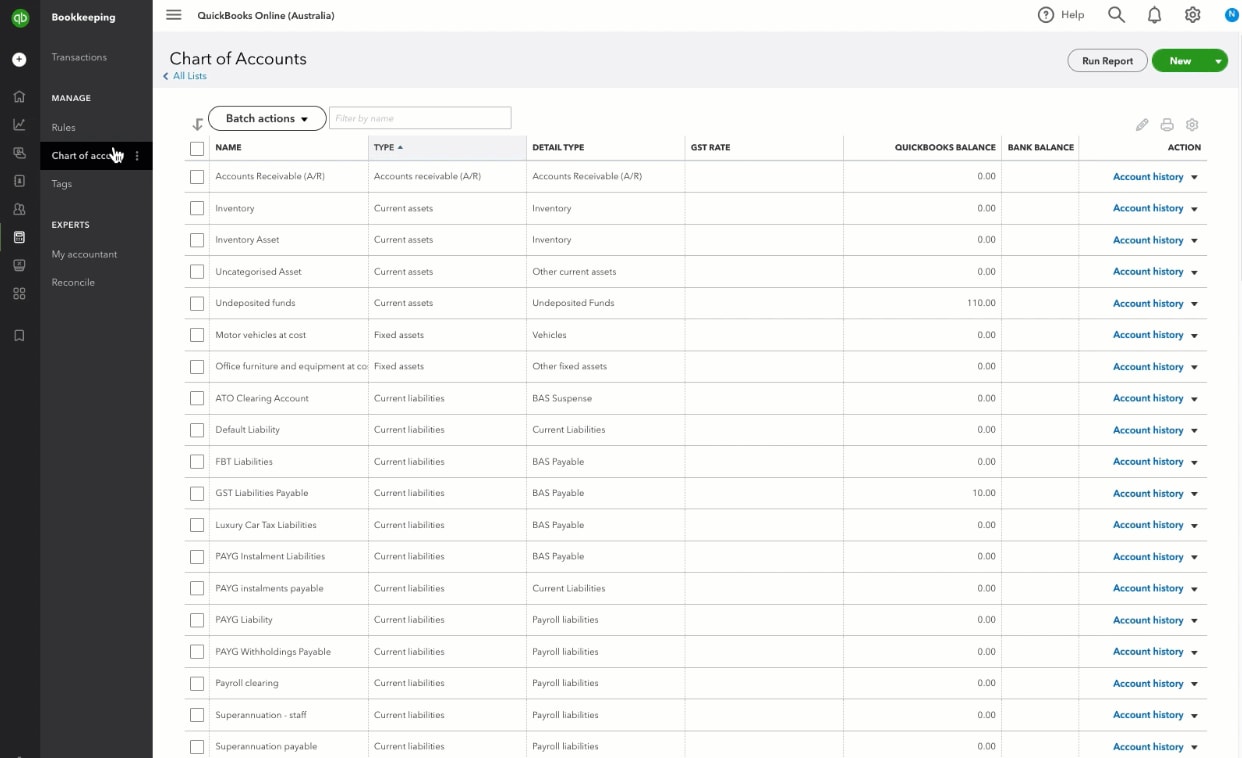When you create a new account in QuickBooks, you pick a day to start tracking transactions. You enter the balance of your real-life bank account for whatever day you choose. This starting point is the opening balance. We recommend setting the opening balance at the beginning of a bank statement. This makes your first reconciliation much easier.
- Mark as New
- Bookmark
- Subscribe
- Permalink
- Report Inappropriate Content
Fix issues the first time you reconcile an account in QuickBooks Online
Learn how to review your beginning balance and look for issues for accounts you haven't reconciled before.
If you're reconciling an account for the first time and the beginning balance is off, don't worry. Most beginning balance issues are caused by an incorrect opening balance. This is the account's starting point you set when you first created it in QuickBooks.
Correcting the opening balance should also fix your beginning balance issues. Here's what to review so you can start reconciling your account for the first time.
| Tip: If you've reconciled the account in the past, don't follow these steps. Here's what to review for accounts you've already reconciled. Or, if you're new to the entire process, start with our reconciliation guide. Find out how to undo or remove transactions from reconciliations and more. |
Step 1: Review the opening balance in QuickBooks
Double-check the opening balance for the account you're reconciling. Sometimes, the opening balance doesn't include transactions that were still pending when you created the account.
When you create a new account in QuickBooks, you pick a day to start tracking transactions. You enter the balance of your real-life bank account for whatever day you choose. This starting point is the opening balance. We recommend setting the opening balance at the beginning of a bank statement. This makes your first reconciliation much easier.

- If you recently entered older transactions dated before your opening balance, here's how to reconcile them. Then continue with these steps.
- Go to Bookkeeping and select Chart of accounts (Take me there).
- Find the account on the list.
- Select Account history.
- Search for the opening balance entry. It should have "Opening Balance" in the Memo column.
- Take note of the date and balance.
Important: Forgot to enter an opening balance? That's OK. You can enter them later on. Here's how to manually enter an opening balance so your accounts stay balanced.
Step 2: Compare the opening balance with your real-life account
Now you know the date and amount of the opening balance in QuickBooks. Check it against your bank records:
- Sign in to your bank's website, or find your bank statement.
- Check the account's balance for the same day as the opening balance in QuickBooks.
- Compare the two balances.
If the balances match, you entered the opening balance correctly. Move on to Step 3.
If the opening balance in QuickBooks doesn't match your bank records, correct it:
- In QuickBooks, select the opening balance entry to expand the view.
- In the Deposit column, edit the balance so it matches your bank records.
- Select Save.
Step 3: Review your account history
When you reconcile an account for the first time, there's only one entry that's already reconciled-the opening balance entry.
No other transactions should be reconciled. To check:
- Go to Bookkeeping and select Chart of accounts (Take me there).
- Find the account on the list.
- Select Account history to get more details.
- Search for the opening balance entry. It should have "Opening Balance" in the Memo column.
- Review the tick column. There should have an R in the box.
- Check the rest of the transactions on the list. There should be a C or blank box in the tick column.
- If there's an R on any other transactions, select the transaction to expand the view.
- Select box in the tick column. Keep selecting it until the box is blank. Then select Save.
Next steps: Start reconciling the account
Once you know your opening balance is correct, you can start reconciling. If you see a message about an incorrect beginning balance when you start, here are other things you can review.
If you’ve followed everything in our reconciliation guide but still have questions, connect with your bookkeeper. They can help get back on track.
